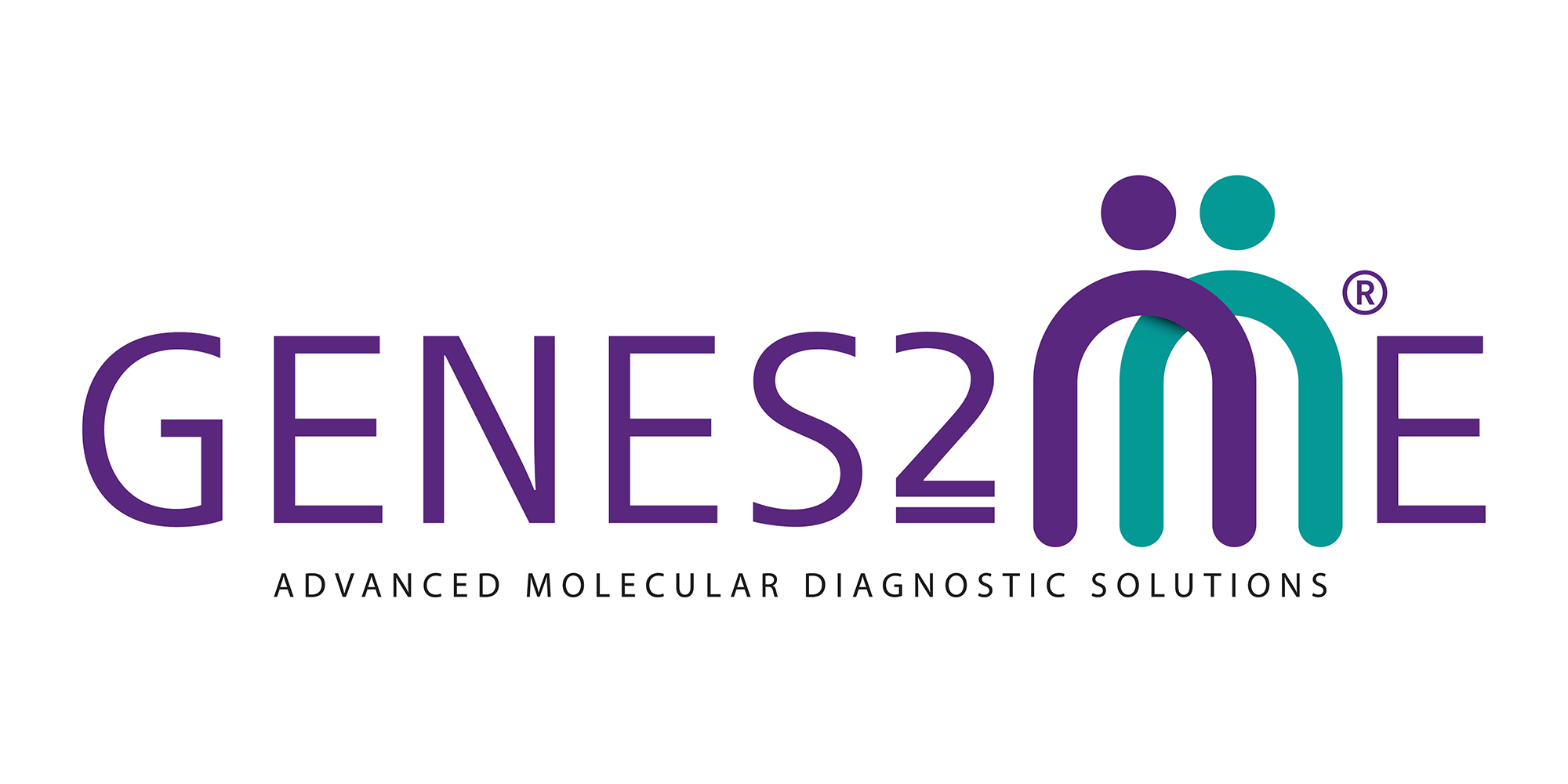
Mycobacterium tuberculosis (MTB), the causative agent of tuberculosis (TB), remains a formidable global health challenge. Early and accurate detection of MTB is crucial for effective disease management and control. In recent years, Next-Generation Sequencing (NGS) has emerged as a game-changing technology in MTB detection, offering improved sensitivity, specificity, and rapid turnaround times. This article explores the advancements and potential of NGS-based systems for MTB detection, highlighting its transformative impact on diagnosis, drug resistance testing, and epidemiological investigations.
Why NGS
Conventional diagnostic methods, like sputum smear microscopy and culture-based techniques, have limits concerning responsiveness, explicitness, and completion time. Even with recent advances, the Mycobacterium Tuberculosis Detection System with NGS has shown promising outcomes in the identification and portrayal of Mycobacterium tuberculosis strains.
Uncovering genetic variability
NGS empowers a thorough investigation of the hereditary cosmetics of Mycobacterium tuberculosis, uncovering its broad genetic variety. This variety assumes an urgent part in the bacterium’s capacity to dodge the host’s safe reaction, foster medication opposition, and adjust to various conditions. By recognizing and portraying the hereditary varieties inside the Mycobacterium tuberculosis populace, NGS can give significant experiences studying disease transmission, transmission elements, and medication obstruction examples of TB strains. This data is crucial for planning viable control systems and designated treatment regimens.
Improved diagnostic accuracy
NGS-based methods have demonstrated superior sensitivity and specificity compared to conventional diagnostic techniques. NGS allows for detecting low-level Mycobacterium tuberculosis DNA in clinical samples, even when bacterial loads are low or smear microscopy results are negative. Furthermore, NGS can simultaneously identify multiple drug resistance-associated mutations, enabling rapid and accurate determination of drug susceptibility profiles. This information facilitates the selection of appropriate antibiotic regimens, improving patient outcomes and reducing the spread of drug-resistant strains. Detecting tuberculosis and respiratory diseases using Respiratory Disease Diagnostic Solutions with NGS has become easy.
Rapid Turnaround Time
Traditional diagnostic methods for tuberculosis often require prolonged incubation periods for culture-based growth and drug susceptibility testing. In contrast, NGS-based approaches can provide results within a shorter timeframe. The rapid turnaround time offered by NGS allows for earlier initiation of appropriate treatment, reducing the risk of disease progression, transmission, and associated complications. Additionally, the timely identification of drug resistance patterns can guide the selection of appropriate antibiotics and prevent unnecessary exposure to ineffective drugs.



